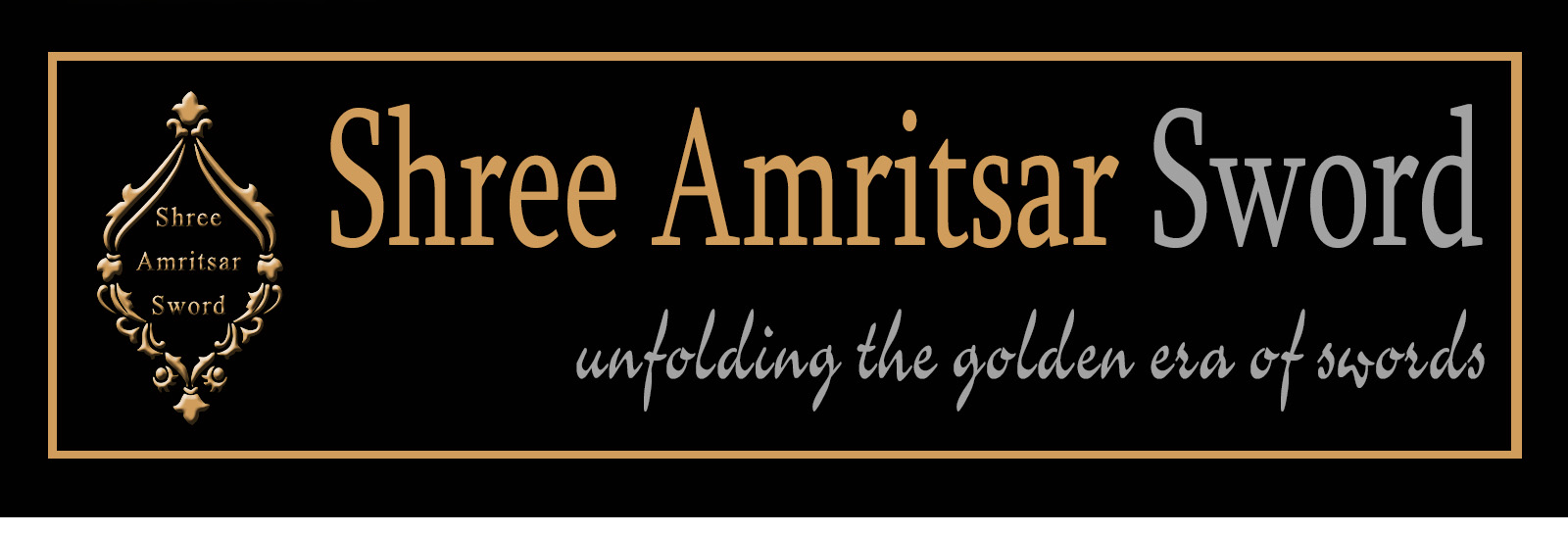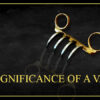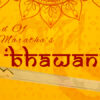Uncategorized
The untold history of Mace / Gada
Indian Mace / Gada / Gurj
The Gada is a mallet or blunt mace from the Indian subcontinent. A mace typically consists of a strong, head made of stone, bone, copper, bronze, iron, or steel, with a spike on the top. The mace is also called “Gurj” and “Gadha” in the native Indian language. It is a type of club or virge that uses a heavy head on the end of a handle to deliver powerful strikes. The martial art of wielding the gada / gurj is known as gada-yudha ( mace battle). It is mostly wielded singly and can be handled in twenty different ways. Various gada-yudha techniques are mentioned in the Agni Purana and Mahabharata. The gada / gurj is one of the traditional pieces of training equipment in Hindu physical culture, and is common in the akhara’s ( martial art schools ) of north India. Maces of various weights and heights are used depending on the strength and skill level of the practitioner. For training purposes, one or two wooden gada are swung behind the back in several different ways and is particularly useful for building grip strength and shoulder endurance. Maces are rarely used today for actual combat, but many government bodies, universities, and other institutions have ceremonial maces and continue to display them as symbols of authority. They are often paraded in academic, parliamentary, or civic rituals and processions.
Ancient history
The gada / gurj / mace is the main weapon of the Hindu God Hanuman. Known for his strength, Hanuman is traditionally worshipped by wrestlers in the Indian subcontinent and Southeast Asia. It is believed that Lord Hanuman’s gada was the largest amongst all the gadas in the world. Hindu God Lord Vishnu also carries a gada / gurj / mace named Kaumodaki in one of his four hands. In the Mahabharata epic, the fighters Balarama, Bhima, Duryodhana, Jarasandha, and others are said to be masters of the gada.
Persians have also used a variety of maces and fielded large numbers of heavily armored and armed cavalry. For a heavily armed Persian knight, a mace is as effective as a sword or battle axe. In fact, Shahnameh has many references to heavily armored knights facing each other using maces, axes, and swords. The Indian epics Ramayana and Mahabharata describe the extensive use of the gada in warfare as Gada-yuddha or ‘mace combat’.
The ancient Romans did not make wide use of maces, probably because of the influence of armor. Due to the nature of the Roman infantry’s fighting style which involves the Pilum (spear) and the Gladius (short sword used in a stabbing fashion). Though auxiliaries from Syria Palestina were armed with clubs and maces at the battles of Immae and Emesa in 272 AD. They proved highly effective against the heavily armored horsemen of Palmyra.
Solid metal maces and war hammers proved able to inflict damage on well-armored knights, as the force of a blow from a mace is great enough to cause damage without penetrating the armor.
Shree Amritsar Sword: Buy Best Sword Online
Shree Amritsar Sword is known to provide the finest form of Indian swords under one roof. A team of dedicated craftsmen elegantly designs our swords. We work towards the goal of making superior quality swords for all our customers.
Visit our online store and choose the most beautiful designer swords.









Leave a reply